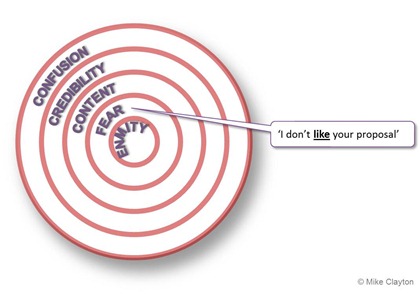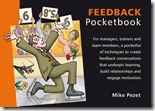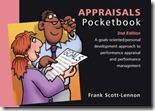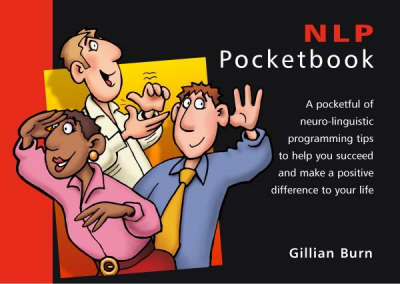Tomorrow and Thursday are days out for us
Well, actually, we’re working. We are at the Chartered Institute for Personnel and Development annual HR Development Exhibition at Olympia, London.
If you are there too, come and see us on stand 571, and maybe pop to the Learning Arena at 10am on Wednesday and hear ‘How to understand resistance and handle it effectively’, based on the Handling Resistance Pocketbook.
So let’s have some fun
The Workplace Politics Pocketbook has a lovely model, allowing you to chart yourself against Political Intelligence and Organisational Goal Alignment. It is most useful for helping you to spot and work with others, but it lends itself to a quick and easy diagnostic for yourself.
Have some fun and answer the questions, recognising that most of us will be a combination of all four types, behaving differently in different circumstances.
Quick Questionnaire
For each of the six groups, select the one that describes you best.
- A: Clever
- B: Observant
- C: Determined
- D: Trusting
. - A: Adaptable
- B: Swift
- C: Sure-footed
- D: Loyal
. - A: Vicious
- B: Ruthless when necessary
- C: Bad Tempered at times
- D: Gentle
. - A: Cunning
- B: Wise
- C: Hard-working
- D: Innocent
. - A: Resourceful
- B: Silent
- C: Noisy
- D: Naive
. - A: Sly
- B: Aloof
- C: Put-upon
- D: A follower
Time to count your scores…
Mostly As: You old Fox, you!
Foxes are politically intelligent and use their cleverness for personal gain – they are often known for playing games.
Grrrr
Mostly Bs: What a wise Owl you are
Owls understand the politics and use their wisdom to work for the benefit of the organisation.
Tuwooo
Mostly Cs: You’ve grown up to be a Mule
Mules are determined to get what they want, and will ignore the established politics of the organisation.
Hehawww
Mostly Ds: You’re a trusting Sheep
Sheep are suspicious of politics and only want everything to work out well for all concerned.
Baaa
This may be a bit of fun, but it has a serious side
Workplace politics trips many of us up, so understanding how to read the signals and play the game is important, and David Bancroft-Turner’s Workplace Politics Pocketbook is an excellent guide for the novice, with some great tips and hints for seasoned politicians too.
It is filled with skills to develop and a proper analysis of our four feathery/furry/hairy/woolly friends. Apologies to David for simplifying his ideas for fun!
This – and all of the Management Pocketbooks Titles are available at special show prices during the CIPD HRD Exhibition. You can get £1 off any book and if you buy five, you can get a sixth one free – that’s six pocketbooks for £34.95.









 When you slow down, you transform not just what you achieve and how you feel, but the way that others perceive you. Cultivate slow in the right areas of your manner, and you will also boost your personal impact, as a bonus. Learn more in
When you slow down, you transform not just what you achieve and how you feel, but the way that others perceive you. Cultivate slow in the right areas of your manner, and you will also boost your personal impact, as a bonus. Learn more in 

![4454263629_05e43a699c_m[1] 4454263629_05e43a699c_m[1]](https://www.pocketbook.co.uk/wp-content/uploads/2010/10/4454263629_05e43a699c_m1_thumb.jpg)
![4239047183_11c5ba5ceb_m[1] 4239047183_11c5ba5ceb_m[1]](https://www.pocketbook.co.uk/wp-content/uploads/2010/10/4239047183_11c5ba5ceb_m1_thumb.jpg)








 Wings
Wings

